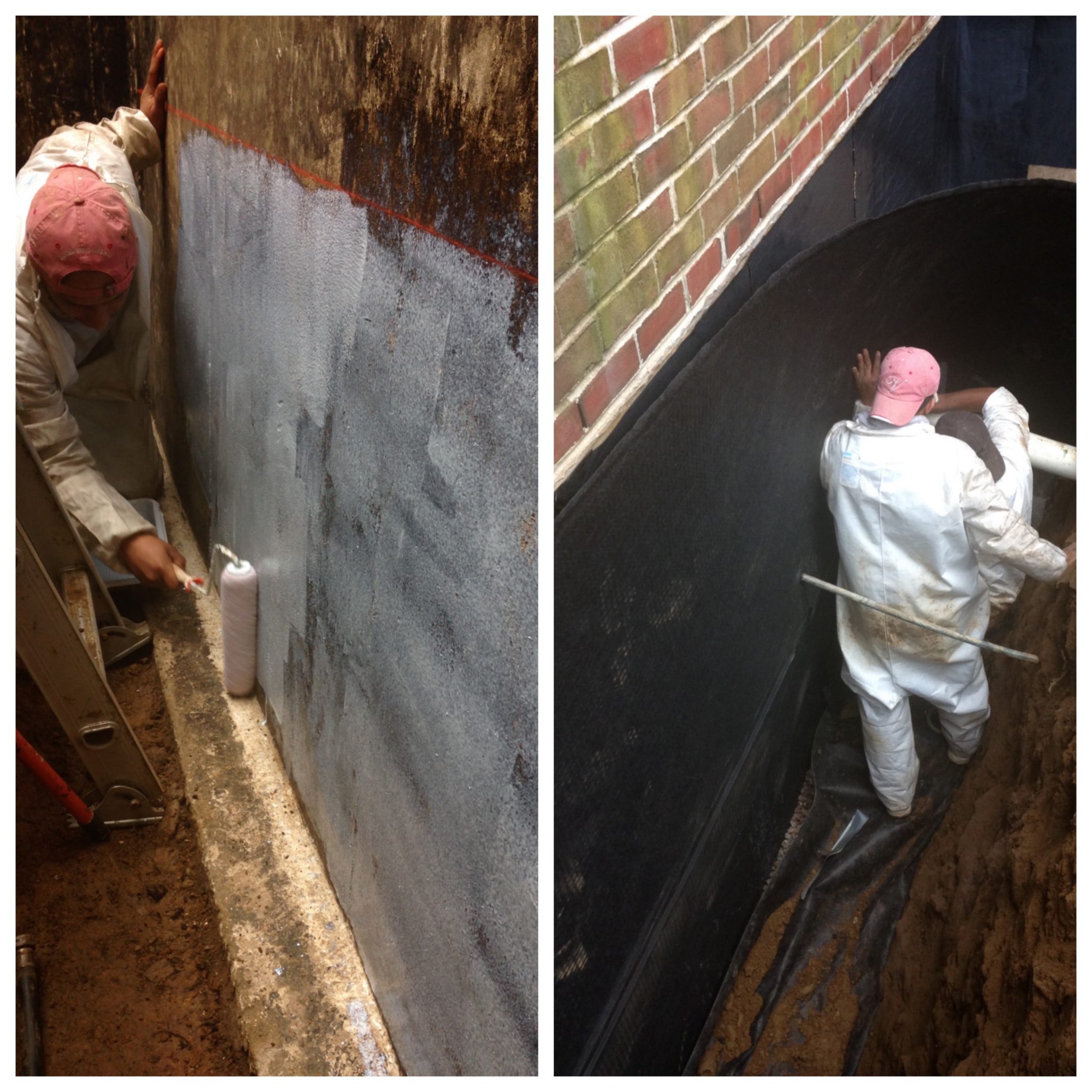Sealing your garden is an crucial aspect of keeping a healthy outdoor space. Overflowing water can lead to a number of problems for your plants, such as plant decay, mold, and stunted growth. By implementing successful waterproofing strategies, you can protect your garden from the harmful effects of overwatering and ensure that your plants thrive regardless of the weather conditions.
In this article, we will discuss why waterproofing is vital not just for homes and buildings, but also for your garden. We will investigate practical tips, techniques, and typical misconceptions regarding waterproofing. No matter if you’re a seasoned gardener or just starting out, knowing how to manage excess water in the outdoor space will help you time and money while nurturing a vibrant garden environment.
Comprehending Waterproofing Principles Fundamentals
Sealing is vital for protecting your yard and garden space from the likely damage caused by surplus water. When rainwater accumulates around vegetation and earth, it can lead to plant disease, mildew, and various problems that compromise the health of your plants. Implementing effective waterproofing measures guarantees that your garden remains healthy and flourishing, even during severe rainfall. This is not just a surface concern; it’s about investing in your time and resources in your garden.
Selecting the right waterproofing solutions involves grasping the particular needs of your garden. A variety of methods and solutions can be used, including water drainage systems, waterproof membranes, and natural barriers like mulch and vegetation. It is important to assess the topography of your outdoor area and the types of plants you have to decide on the most efficient approach. Proper planning can avoid water from gathering in undesired areas and promote proper drainage to safeguard root health.
Furthermore, comprehending the lasting advantages of waterproofing can protect you significant costs in repairs and restorations. Failing to address https://nicolaisen-edwards.mdwrite.net/best-sealing-methods-for-ceilings build-up can lead to severe structural issues not only for your outdoor space but also for adjacent structures. Spending in waterproofing now can improve the resilience and longevity of your garden, enabling you to appreciate a thriving garden while minimizing future problems related to excess moisture.
Determining the Best Waterproofing Methods
When it comes to waterproofing your garden, choosing the appropriate methods is crucial for protecting your plants from surplus water. Start by assessing the particular needs of your garden, taking into account the kinds of plants you have and the drainage characteristics of your outdoor space. For instance, if you have sections where water tends to gather, incorporating raised beds or employing permeable materials can help boost drainage and avoid waterlogging. Additionally, using barriers such as geotextiles can divide soil layers and manage water flow properly.
It's also vital to consider the local conditions in your region. Heavy rainfall or seasonal flooding might necessitate more extensive waterproofing solutions, such as installing drainage systems to redirect water away from your garden. On the other hand, in areas with minimal rain, simpler methods like mulching can aid hold moisture while stopping excess water from saturating the soil. Knowing your local climate and soil conditions will guide you in picking the right approach to keep your garden prospering.
In conclusion, regularly opt for top-notch waterproofing products when utilizing your selected methods. Investing in reliable coatings and barriers not only increases the longevity of your waterproofing efforts but also guarantees better protection for your garden. Brands that specialize in waterproofing often provide solutions designed especially for outdoor use, so exploring these options is essential. Whether you choose DIY methods or seek professional help, the suitable materials and techniques will greatly enhance the strength of your garden against moisture damage.
Preventing Water Damage in Key Areas
Water damage can happen in different key areas of your home, including basements, bathrooms, and roofs. The basement, often prone to flooding, requires comprehensive waterproofing solutions. Proper drainage systems and sump pumps can help manage overflowing water efficiently. Ignoring basement waterproofing can cause costly repairs down the line, as stagnant water can weaken the foundation and encourage mold growth. Ensure you have a solid waterproofing plan in place to defend this important area.
Bathrooms are an additional common point where water damage can cause problems. Shower and tile waterproofing are necessary to prevent leaks that can cause major damage and mold issues. Choosing https://milsaver.com/members/cellowl7/activity/1804476/ -notch waterproofing products for your bathroom can greatly improve in maintaining a mold-free environment. It is wise to assess plumbing fixtures and waterproofing regularly to catch any possible problems early.
Lastly, roofs are often overlooked when it comes to waterproofing but play a essential role in preventing water damage throughout the building. Ensuring that your roof is properly waterproofed protects your entire home from leaks and structural issues. Utilizing the best waterproofing coatings and addressing typical roof waterproofing mistakes early on will increase the life of your roof, reducing risks of leaks and costly repairs connected to water damage.

